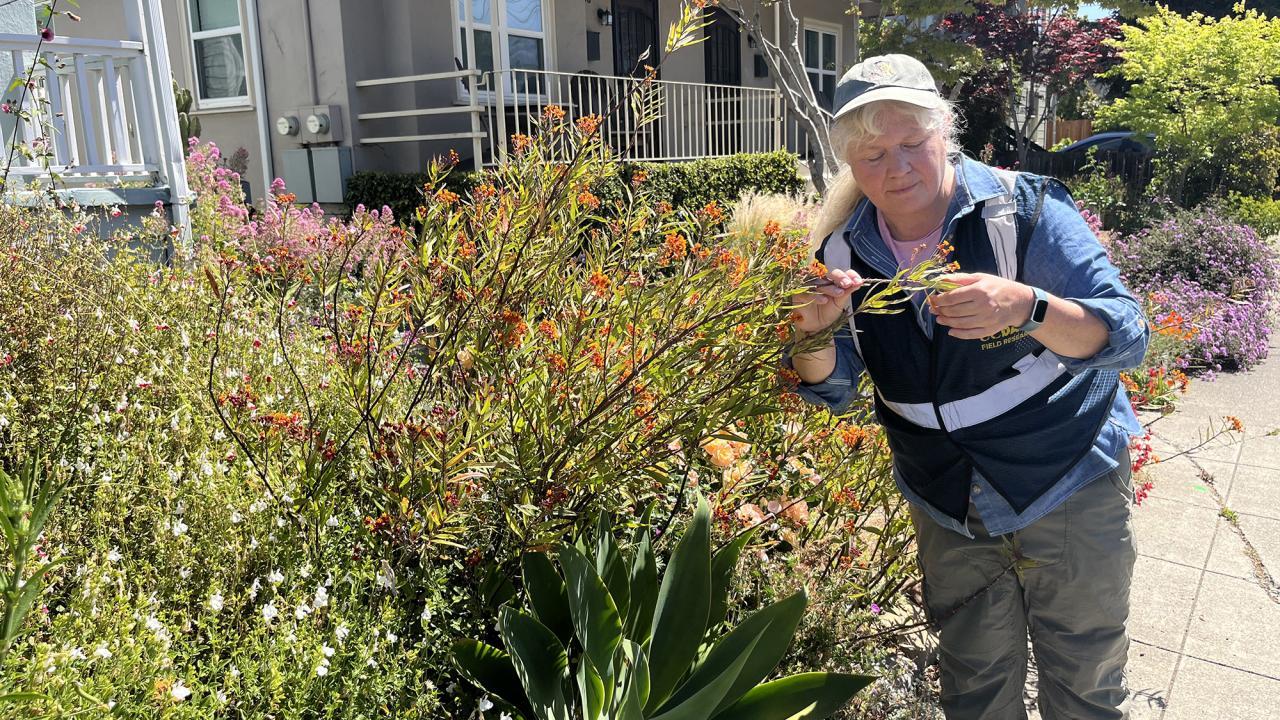
City-Dwelling Monarch Butterflies Stay Put
New Study Says Non-Native Milkweeds Don’t Help or Harm Migratory Monarch Butterflies
Monarch butterflies are famous for their annual migrations, but not all migrate. In recent years, more and more monarchs have been living and breeding year-round in California’s Bay Area, thanks in part to the growing presence of non-native milkweeds in urban gardens.
In a new study published in Ecosphere, University of California, Davis, researchers show that these resident butterflies are not connected to the larger population of monarchs known for their late-autumn coastal migrations. Their work suggests that resident monarchs and the non-native milkweeds that sustain them are not harmful to their migratory kin.
“Some people believe that these resident populations are a major cause of monarch butterfly populations declining, but our research suggests it's a bit of a red herring,” said senior author Elizabeth Crone, a professor in the Department of Evolution and Ecology. In fact, said Crone, “Our results highlight the potential for urban ecosystems to contribute to the conservation of some species. In the West, resident monarchs can persist in urban gardens without impacting fluctuations in migratory monarchs.”
